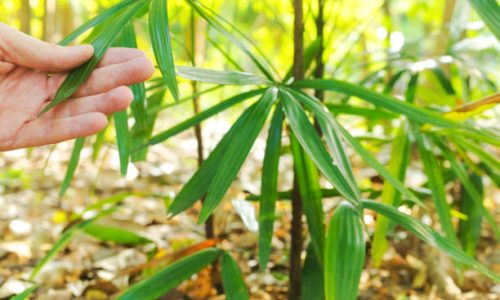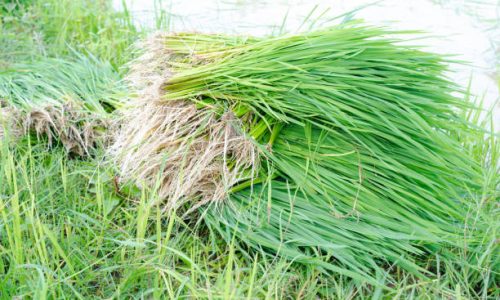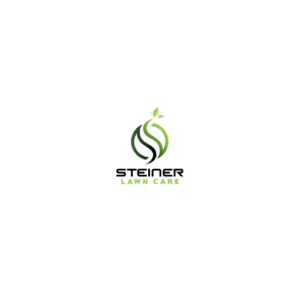Thatch is a layer of organic matter composed of dead grass roots, stems, and stolons (shoots) that accumulates between the soil surface and the living grass blades. While a thin layer of thatch is natural and even beneficial, excessive buildup can lead to problems.


Thatch buildup can become a silent saboteur, hindering your lawn’s health. Here’s how to recognize the Culprit signs:
Before embarking on dethatching, it’s crucial to accurately assess the thatch layer’s thickness. Here are two simple methods:
Weighing the Options
Thatch removal, also known as dethatching, can be a powerful tool for lawn rejuvenation. However, it’s essential to weigh the pros and cons before diving in:
Benefits of Dethatching:
